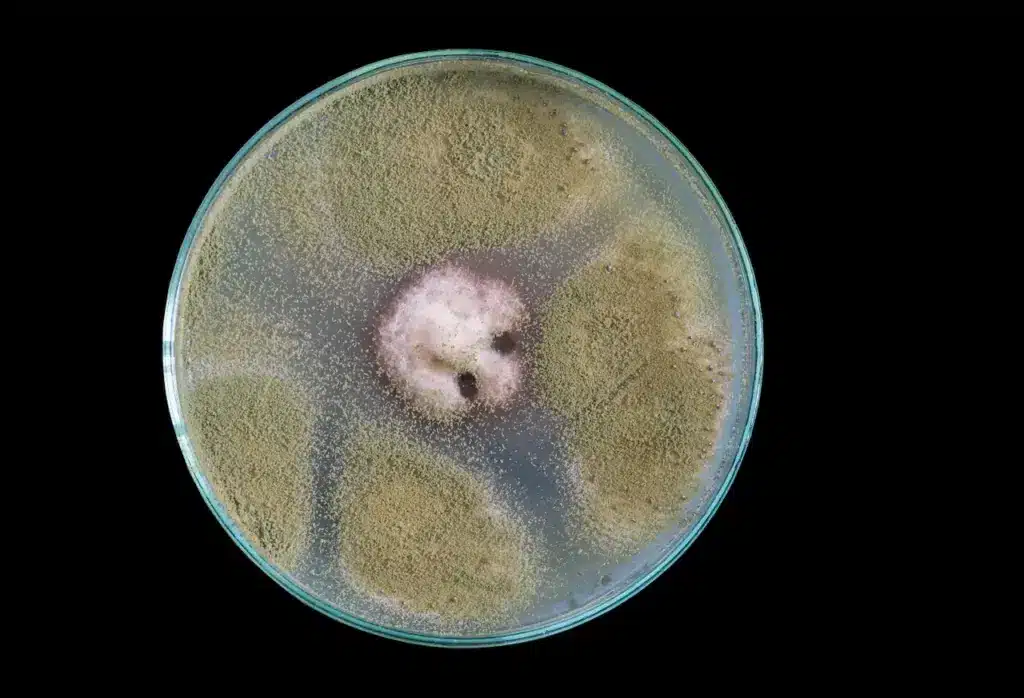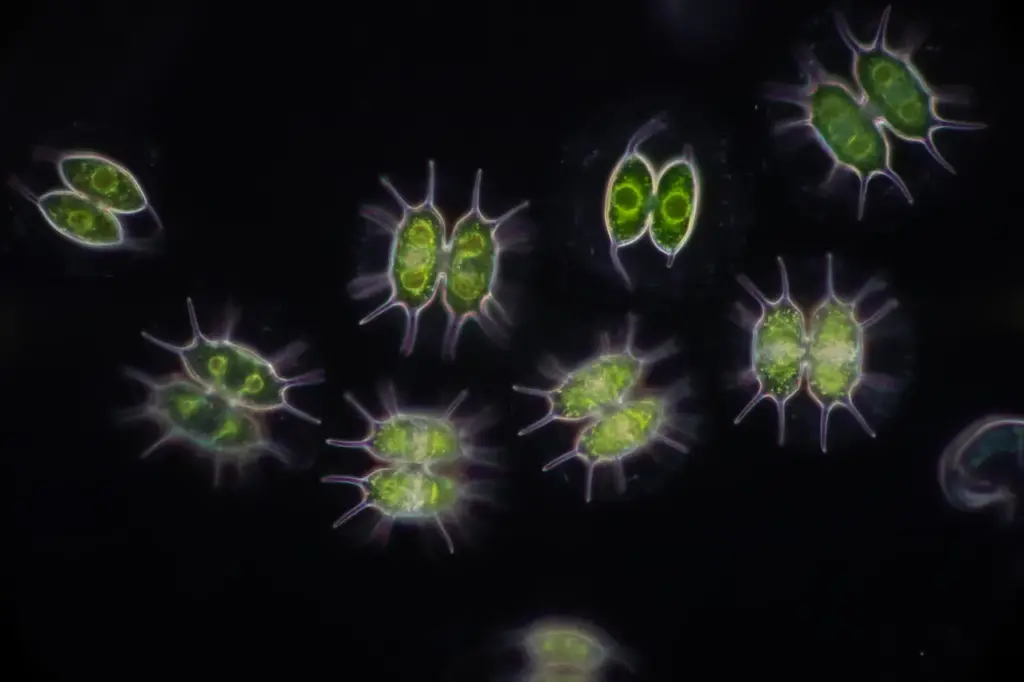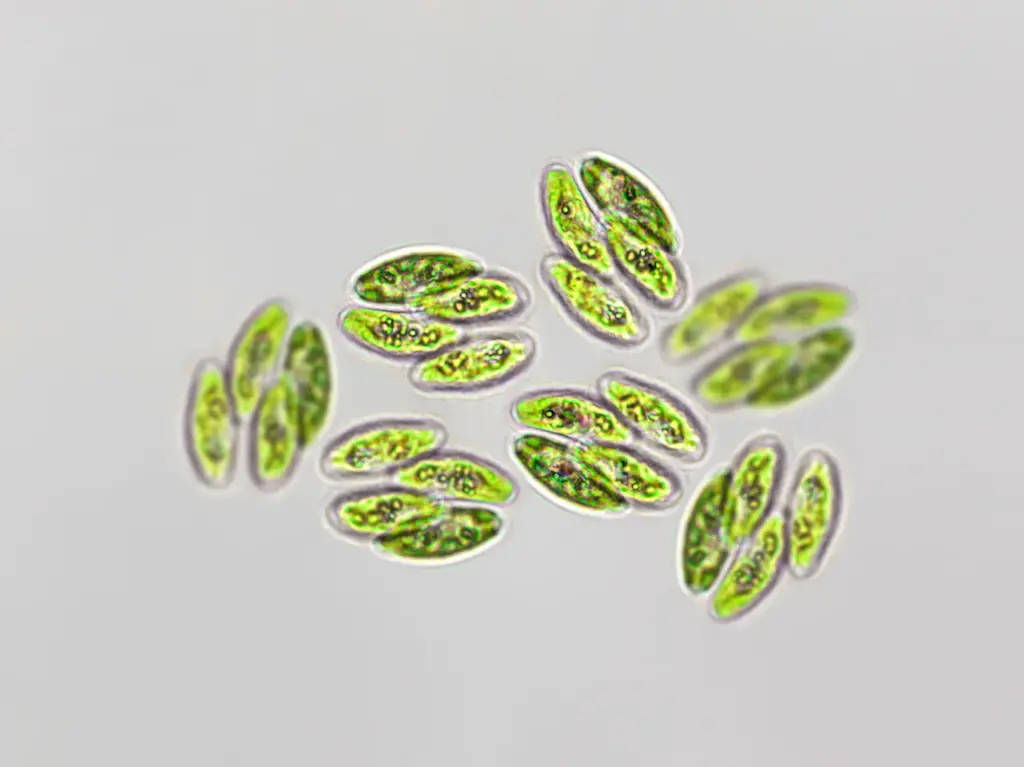Chlorophytes, commonly known as green algae, are a diverse group of photosynthetic organisms found in aquatic and terrestrial ecosystems worldwide. As primary producers forming the base of food webs, chlorophytes play pivotal roles in ecology and hold promise for biotechnology applications.
In this article, we will delve into the extensive diversity, unique biology, ecological contributions, and conservation challenges facing these invaluable micro and macroalgae.
Appreciating the complex lives of chlorophytes provides insight into how human society can sustainably protect and utilize these organisms, which are both ancient in origin and essential for the future of life on Earth.

Defining Chlorophytes: Characteristics and Significance
Chlorophytes are defined as green algae belonging to the division Chlorophyta. They contain chlorophyll a and b as photosynthetic pigments stored in chloroplasts. This imparts a green coloration to the cells. Chlorophytes use starch as a carbohydrate storage molecule.
Cellulose is a major component of cell walls. These characteristics distinguish chlorophytes from other algal lineages. Most are aquatic, thriving in freshwater and marine habitats. Chlorophytes are a sister lineage to plants with whom they share a common ancestor.
The ancestral acquisition of chloroplasts through endosymbiosis was a pivotal evolutionary event enabling chlorophytes to become prolific primary producers in global ecosystems.
The fossil record indicates chlorophytes were present on Earth up to a billion years ago. Molecular evidence suggests they diverged from their common ancestor with plants around 725–1200 million years ago. Chlorophytes became widespread in the oceans during the Paleozoic Era.
Their early evolution enabled more complex multicellular forms to emerge and colonize terrestrial habitats. Adaptive radiations during the Mesozoic and Cenozoic eras led to the wide diversity of chlorophytes we see today. Understanding this long evolutionary journey provides insight into the success of green algae in aquatic and land realms.
Exploring Diversity: Taxonomy and Varieties of Chlorophytes
Chlorophytes were traditionally classified into four core clades based on pigmentation and morphology:
- Chlorophyceae – unicellular, colonial, or multicellular forms
- Ulvophyceae – diverse seaweeds like ulva and sea lettuce
- Trebouxiophyceae – solitary and colonial unicells
- Chlorodendrophyceae – unicells living on animals or other algae
However, molecular analyses have reorganized this taxonomy by revealing evolutionary relationships. There are now at least seven recognized clades. Some classification systems divide Chlorophyta into two phyla, separating unicellular species from multicellular species. Hundreds of families, genera, and species are currently described.
Chlorophytes are globally distributed, occupying diverse aquatic and terrestrial ecosystems. They peak in biodiversity in tropical marine environments and ancient lakes. Coral reefs, kelp forests, microbial mats, and phytoplankton represent hotspots with many endemic species.
Understanding biogeography patterns helps focus conservation efforts on especially rich regions. Climate change threatens narrow-ranging endemic species adapted to unique habitats.
While most chlorophytes are still abundant, some rare species with small geographic ranges are threatened with extinction. Historic habitat destruction has driven declines of unique species like the Florida keyhole ulcerwort, macroalgae endemic to a single lagoon.
Pollution is also a major threat. Species only recently discovered, such as Botryococcus petroa found only in Lake Towuti, Indonesia, require quick conservation assessments and habitat protection before disappearing in the wild.

The Intricate Design: Chlorophyte Morphology and Structure
Chlorophytes display diverse cell morphologies specialized for aquatic or terrestrial existence. Giant coenocytes of Caulerpa facilitate nutrient distribution in oceans. Desmids have intricately ornamented silica cell walls.
The cytoskeleton, membrane systems, and organelles enable complex unicells. Macrophytes like sea lettuce form tissues and anchors for wave-swept intertidal growth. Understanding subcellular features underpins bioengineering efforts.
Chlorophyll a and b are the signature pigments giving chlorophytes a green hue. Accessory pigments like carotenoids aid light harvesting and photoprotection. Ultrastructure studies reveal the thylakoid membranes where photochemistry occurs.
Patterns of pigmentation relate to light regimes in chlorophyte habitats and photosynthetic efficiency. Research continues into how cells regulate pigment biosynthesis pathways and energy balancing.
Chlorophytes have complex life cycles employing both asexual (mitotic) and sexual (meiotic) reproduction. Asexual reproduction propagates individuals, while sexual reproduction promotes genetic diversity. Strategies include cell division, zoospores, fragmentation, resting stages, and spores.
Mating systems feature isogamy, anisogamy, and oogamy.
- Isogamy – identical motile gametes
- Anisogamy – small motile male and larger non-motile female
- Oogamy – small motile male fertilizes large non-motile egg
Understanding reproductive biology is key for cultivation efforts. Losing sexual cycles threatens wild population viability.
Ecological Significance: Chlorophytes in Aquatic and Terrestrial Ecosystems
In oceans, chlorophytes span habitats from coral reefs to kelp forests to the microscopic phytoplankton floating in deep waters. Green algae form benthic mats, biofilms, and symbioses in lakes and rivers with other microbes.
Hydrological connections promote dispersal and gene flow between populations. Climate change impacts on water systems threaten sensitive endemic species.
Many chlorophytes form intimate symbioses with other organisms, providing each partner with nutrients and / or shelter.
Examples include the symbiotic green alga zoochlorella within coral tissue and Trebouxia lichen photobionts. Disruptions to these mutualisms by stressors like heat threaten whole ecosystems beyond just the chlorophytes involved.
On land, chlorophytes dwell in soils, moist rocks, and wood, contributing to biogeochemical cycling in these habitats. Lichen associations allow marine lineages to inhabit terrestrial realms.
Chlorophytes are food for soil fauna, influencing decomposition. Their evolutionary transition to land enabled the eventual evolution of land plants, which support most terrestrial life.
Harnessing Nature: Biotechnological Applications of Chlorophytes
Macroalgae like Ulva are being explored as potential feedstocks for renewable biofuels. High photosynthetic efficiency, rapid growth, and lack of lignin make ulva promising for bioethanol production. However, challenges in harvesting and extraction remain. Further, bioprospecting seeks to identify novel species with ideal biofuel traits.
Some chlorophytes show promise for bioremediation by absorbing heavy metal pollutants from contaminated waters.

Species like Chlorella vulgaris display tolerance to a wide range of toxic elements. While no chlorophyte yet hyperaccumulators metals for efficient recovery, bioengineering approaches aim to increase metal uptake capacities.
Bioactive compounds from chlorophytes exhibit antimicrobial, antiviral, antitumor, and anti-inflammatory properties with medicinal applications.
Chlorophyte model species are also pivotal for research on photosynthesis, circadian rhythms, cell development, and genetics. Their short generation times and ease of genetic modification facilitate biomedical insights.
Challenges and Conservation: Preserving the Diversity of Chlorophytes
Pollution from agricultural runoff, sewage, and industry threatens sensitive chlorophytes, especially in enclosed water bodies. Ocean acidification also impacts calcified seaweed species. Rising temperatures are shifting ranges and disrupting symbioses. Coastal development destroys unique mangrove and reef communities. Urgent habitat protections are needed.
Habitat conservation plans, species listing, biobanking, and ex-situ cultivation help protect vulnerable endemic chlorophytes. Building resilience requires addressing climate change and local stressors like eutrophication. Engaging indigenous communities through co-management arrangements ensures traditional knowledge guides conservation actions.
Continuing to fill knowledge gaps in taxonomy, biogeography, ecology, and phylogenetics will inform conservation priorities. Connecting habitat corridors facilitates migration under climate change.
Developing chlorophyte bioindicators signals early environmental changes. Advances in culturing techniques aid reintroduction efforts. Public education and engagement build support for conserving the diverse services algae provide.
Conclusion
Chlorophytes represent a ubiquitous yet often overlooked group of organisms with invaluable contributions to global ecology and human society over their ancient evolutionary history. From forming the base of aquatic food webs to providing promising leads for biotechnology, the secrets and services of chlorophytes warrant continued exploration.
Pursuing science-based conservation strategies will be essential to safeguard endangered green algae species and habitats. With informed stewardship, chlorophytes can continue thriving and astounding us with their diverse forms and functions for eons to come.
